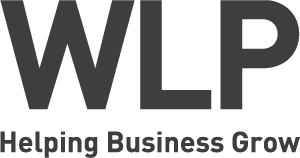In my last blog post, I talked about three steps to improving productivity in made-to-order manufacturing environments. These steps were:
- Establish standard processes using standard inputs
- Ensuring information and manufacturing flows
- Automate or Autonomate
In this article I want to explore the step carried out prior to any of these, that was briefly touched upon in my last post. This step is of course, establishing a good measure.
To improve productivity, everyone within the organisation needs to be pulling in the same direction.
To achieve this, we need our people to have leadership, objectives that align and measures that drive all behaviours in the desired direction. It is pointless the manufacturing unit being charged with becoming more productive, when the commercial team are pushing for more diversity in what is sold. Diversity, unless cleverly managed, often leads to increased complexity, which then leads to reduced productivity. There are options here, but I will address this more directly in a future post.
A good measure of productivity is “Value Add per Direct Person Hour”.
Value add being defined as gross margin (sales value minus direct costs) and Direct Person Hours being defined as the number of direct labour hours required to achieve this gross margin. When considering the exact definition of the measure, it is vital that it feels relevant to those in your organisation and that it will drive behaviours.
So, what are the behaviours we want from our people?
I would argue that, to improve productivity, we need the following:
- People working together, rather than pulling in different directions.
- Less firefighting and more problem solving.
- Better planning management, rather than continuous changes to plans, programs, labour or production.
- Improved flow of product or information.
- Non-acceptance of poor quality product, information or service.
- Identification of, and removal of, wasted activity and materials.
The aim is to achieve this through leadership, alignment, focused performance measurement and feedback. There are tools, techniques and approaches that can help.
If you have any questions or would simply like more information on the topic discussed above, please don’t hesitate to get in touch with Steve on enquiry@w-l-p.co.uk.
